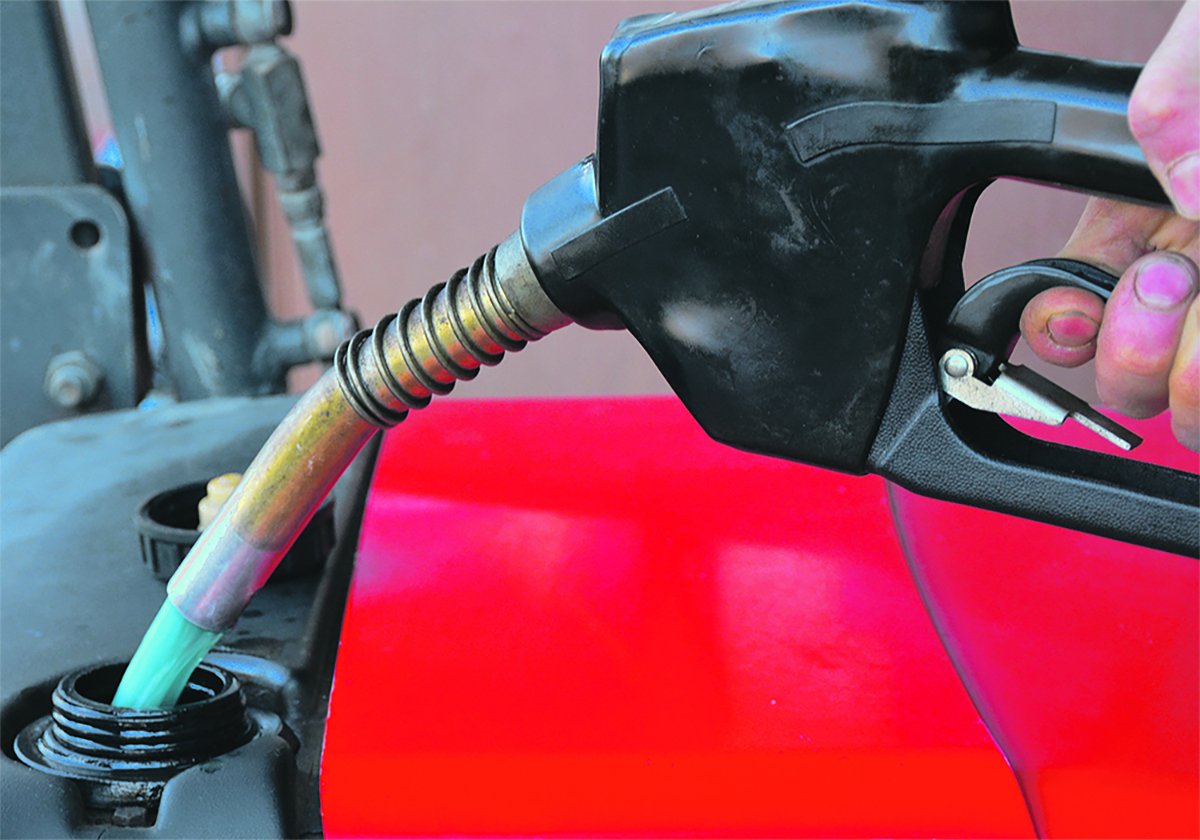Rules that govern the buying and selling of livestock in Alberta will soon be clearer.
The Livestock Identification and Commerce Act, expected to be proclaimed this spring, consolidates three acts into one and covers livestock identification, brand inspection and sales transactions, said Dave Moss, manager of livestock inspection services.
He said the province is writing regulations to cover all aspects of livestock commerce and identification with input from industry representatives.
“We have been in consultation with industry and we have made provisions for industry specific needs.”
Read Also

Alberta may eliminate marked fuel
Alberta may soon stop selling dyed gasoline and diesel.
Some of the regulations on prompt payment are not yet clear, so further work is needed to cover different sales agreements. The act requires buyers of cattle and horses to pay within two business days after possession or price discovery. Moss said there is confusion over what is meant by possession and when payment should be made because someone may buy an animal but not take possession for several months.
The new act recognizes brands as proof of ownership. It also recognizes other livestock identifiers such as Canadian Cattle Identification Agency tags.
The act forces sellers to disclose security interests in the livestock they are selling, which should protect other buyers from being asked to pay for livestock twice to settle bank loans.
The act requires dealers who receive money from the sale of someone else’s livestock to deposit the money in a trust account to protect the seller’s money.
Inspections are required before transportation out of Alberta and on arrival at inspection sites that include auction markets, feedlots and packing plants.
Dealers must continue to be licensed and bonded.
The act continues to protect sellers of livestock against non payment through the livestock assurance fund.
Last year brand inspectors checked 5.8 million animals, including 75,000 horses.















